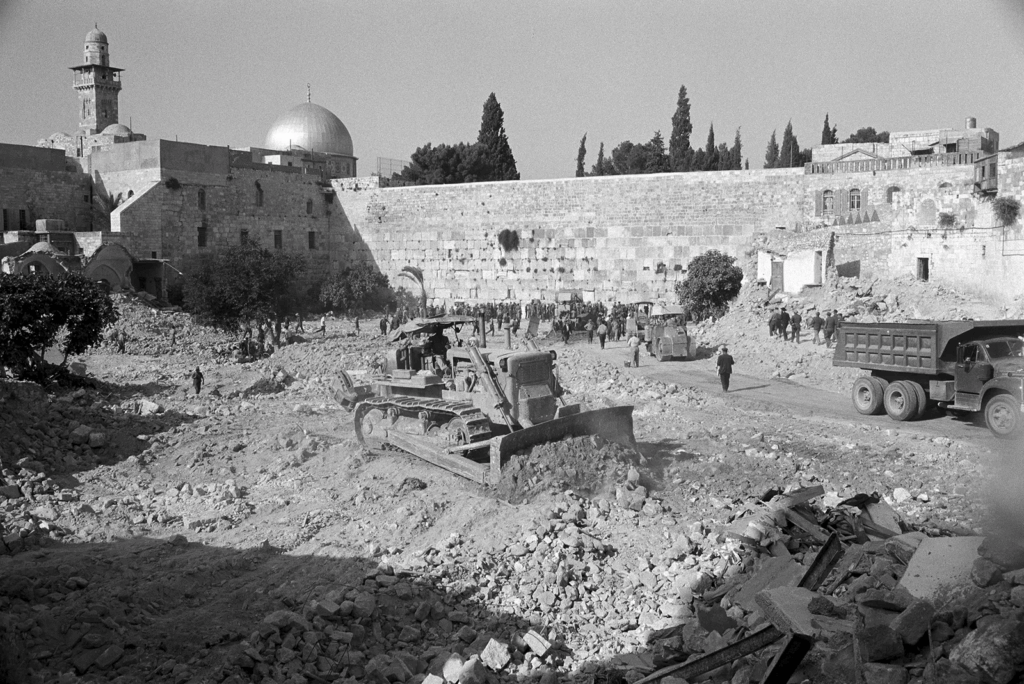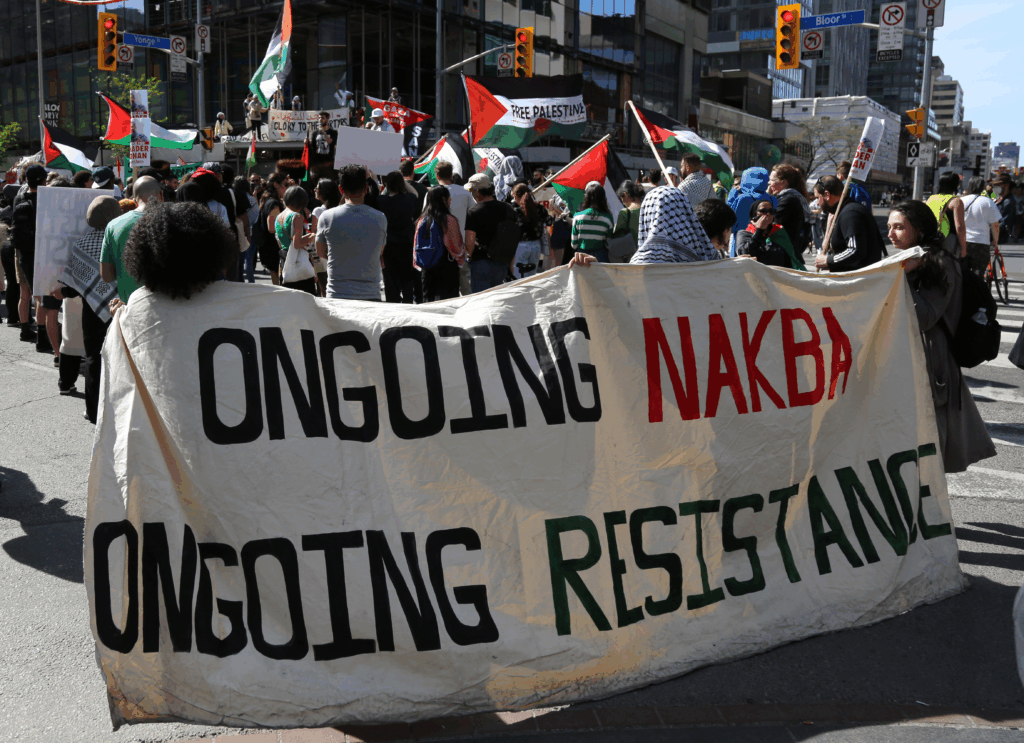The Six-Day War and the Birth of the Naksa
On June 5, 1967, Israel launched a surprise preemptive strike against Egypt, Syria, and Jordan. What followed was the Six-Day War, a rapid, transformative conflict that concluded with Israel occupying vast territories, including the West Bank, Gaza Strip, East Jerusalem, the Sinai Peninsula, and the Golan Heights.
For Palestinians and the broader Arab world, this defeat became known as the Naksa, Arabic for “setback.” Unlike the Nakba of 1948, which signified the mass displacement of Palestinians following the creation of Israel, the Naksa deepened the wound, leading to the exile of an additional 280,000 to 325,000 Palestinians.
A New Era of Military Occupation

The territories captured during the war placed nearly one million Palestinians under direct Israeli military control. Israeli forces razed villages like Imwas, Yalo, and Beit Nuba, forcibly expelling their populations. Although international law under the Fourth Geneva Convention prohibits the forced displacement of civilians and the establishment of settlements on occupied land, much of the international community condemned Israel’s actions but largely failed to intervene.
Dr. Rashid Khalidi, a prominent Palestinian-American historian, notes that “1967 was not just a military defeat. It marked the beginning of a long-term colonial project.”
Redrawing the Map and the Narrative

Israel’s occupation of East Jerusalem altered not only geography but also politics, religion, and demographics. Although Palestinians officially commemorate the Naksa each year on June 5, many continue to live the struggle daily rather than remember it as history.
The occupation also opened the door to Israeli settlement expansion in the West Bank and the Golan Heights. This expansion entrenched a system that many scholars and human rights groups now describe as apartheid. Seif Dana, a sociology professor at the University of Wisconsin, explains:
“The defeat in 1967 prepared the ground for a neoliberal Middle East. Military power became a tool for restructuring the region to fit Western economic and political agendas.”
The Psychological and Political Fallout
The Arab world reeled from the psychological trauma of the defeat. Arab nationalism suffered a heavy blow, especially under the leadership of Egypt’s Gamal Abdel Nasser, who had championed the idea of a united Arab front. The war’s outcome exposed the fragility of Arab military might and intensified internal divisions across the region.
For Palestinians, however, the Naksa marked a turning point in resistance. Palestinian nationalism began to shift away from Arab state leadership and toward independent movements like the PLO (Palestinian Liberation Organization), which sought to reclaim Palestinian self-determination.
Naksa Today: A Living Memory

Today, over half a century later, the Naksa remains a living reality. Palestinians in the West Bank, Gaza, and East Jerusalem still live under occupation. Military checkpoints, land seizures, home demolitions, and legal inequality define daily life. Palestinians commemorate the Naksa each year on June 5, but for many, the experience remains an ongoing struggle rather than a memory.
As Edward Said once remarked
“The tragedy of Palestine is not just that it is a dispossession, but that it is a continuous dispossession.”


